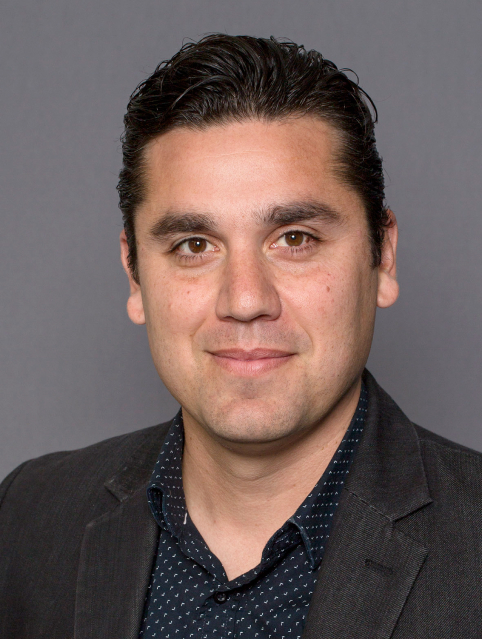Project Aim
This project aimed to investigate how certain immune cells, called microglia and macrophages, respond to diseases that cause damage to the retina. These immune cells have an important role in the body’s response to diseases, so we also aimed to identify how a specific type of molecule called microRNA, plays a crucial role in regulating these immune cells.
When microglia and macrophages do not function properly, it can contribute to the development of various age-related diseases that affect the brain and nerves. By studying how these cells respond to ageing and stress, we can gain a better understanding of the underlying mechanisms of these diseases. This knowledge can potentially lead to the development of new treatments or strategies to prevent or slow down the progression of these degenerative diseases.
Project Results and Impact
Funding provided by Retina Australia has allowed us to investigate the role that both microglia and macrophages play in response to retinal degenerations, and identify microRNA (miRNA) as a key player in the regulation of these immune cells. We demonstrated that miRNA dysregulation is a key feature of retinal damage, using a model of photo-oxidative-induced retinal degeneration.
Specifically the funding has enabled us to:
1. Establish a culturing technique for retinal microglia in order to study their changes in response to stress and damage.
2. Establish a reporter strain to allow us to visually identify microglia and macrophages, allowing for further dissection of the miRNA differences between microglia and macrophages, especially those pertaining to inflammatory pathways.
3. Demonstrate that miR-124 provides protection against retinal degenerations and that miR-124 is pivotal in maintaining normal retinal homeostasis.
4. Demonstrate that miR-155 is differentially regulated in microglia and macrophages in response to retinal damage. Reducing the expression of miR-155 can reduce retinal inflammation and degeneration.

Chief investigator:
Associate Professor Riccardo Natoli
Australian National University, Canberra
Co-investigator/s:
Professor Jan Provis, Australian National University, Canberra
Dr Matt Rutar, University of Melbourne
Associate Professor Tamar Fisher, Australian National University, Canberra
Associate Professor Michelle Madigan, University of NSW, Sydney
Associate Professor Krisztina Volta-Kocsi, Australian National University, Canberra
Dr Anne Buestle, John Curtin School of Medical Research, Perth
Dr Hardip Patel, Australian National University, Canberra
Grant awarded:
$39,951 (2018)
Research Impact Reports
Characterizing Stargardt Disease Mutations for Splice Intervention Therapeutics
Project Aim The aim of this project was to find...
Virtual Reality Assessment of Functional Vision in achromatopsia
Project Aim This project aimed to develop and validate a virtual reality (VR) mobility task...
Advancing Usher syndrome type 1B gene therapy with split intein
Project Aim Usher syndrome is the leading cause of combined hearing and vision loss worldwide....
Therapies for currently untreatable autosomal recessive IRDs
Project Aim This project aims to develop gene replacement therapies for autosomal recessive (AR) inherited...




